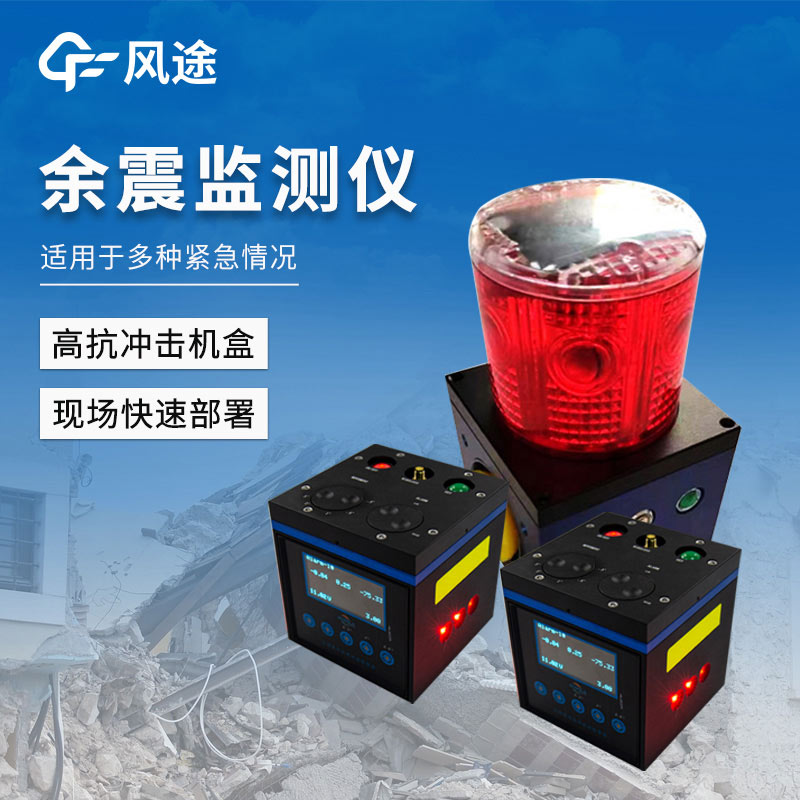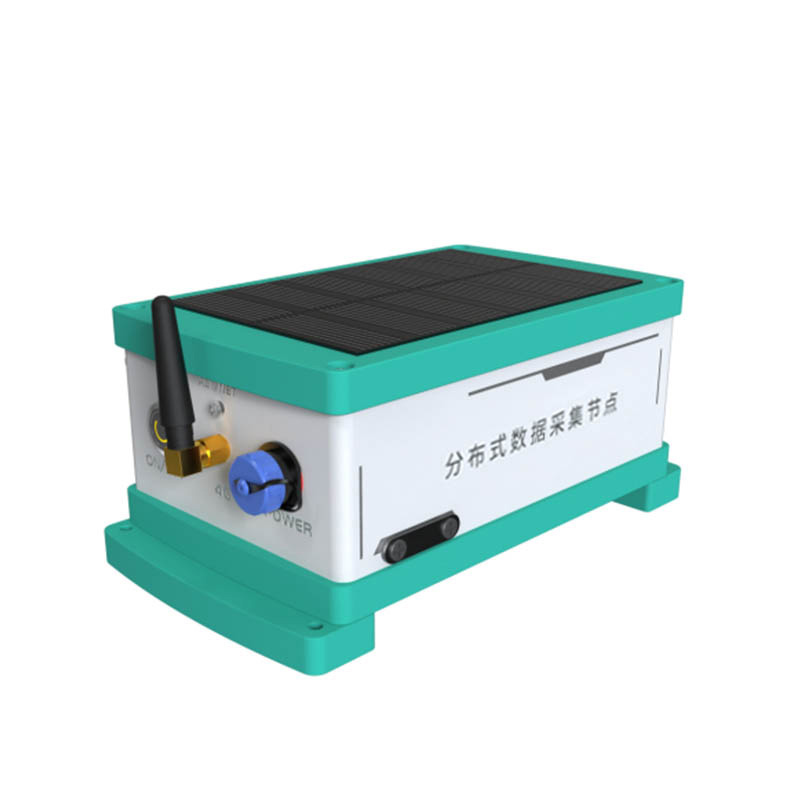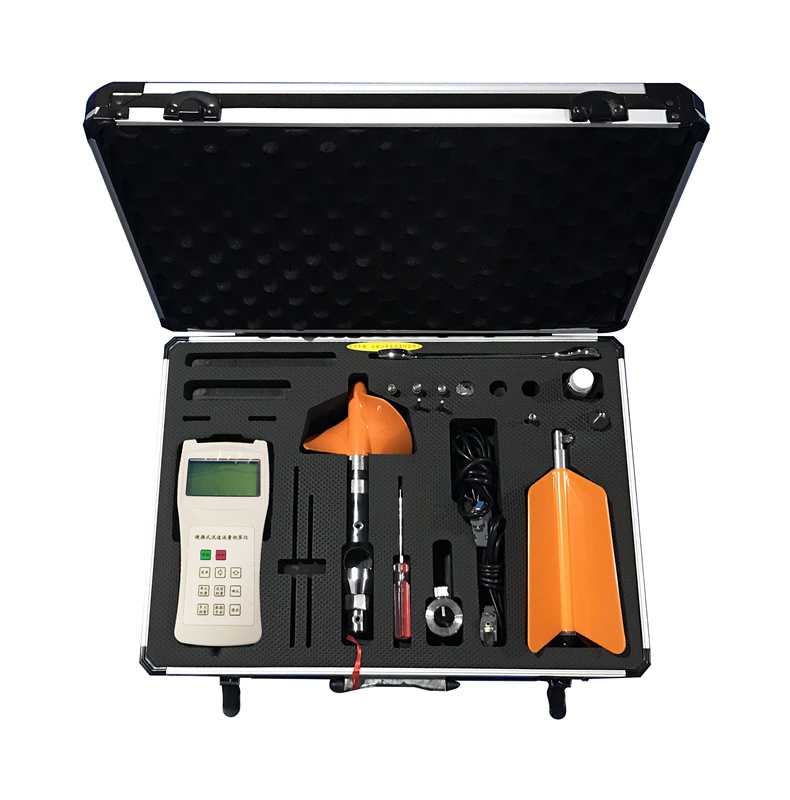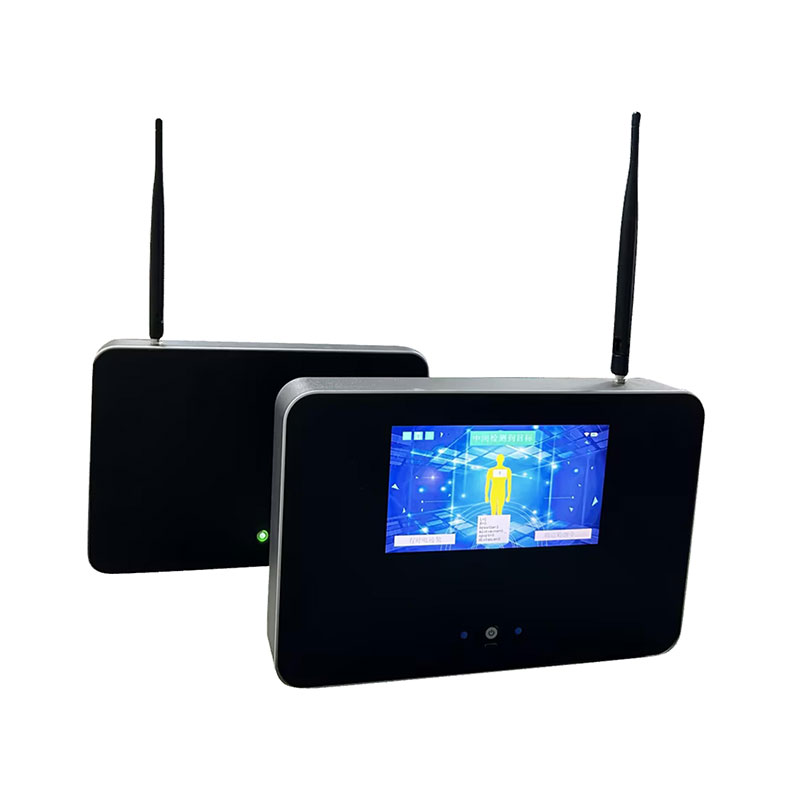Aftershocks refer to secondary earthquakes that occur in the same area after the main earthquake. Although the magnitude of aftershocks is generally smaller than that of the main earthquake, their hazards should not be underestimated. On the one hand, aftershocks following a strong earthquake can reach a relatively high magnitude. For example, after the earthquake in Turkey and Syria, many aftershocks reached a magnitude of over 6. On the other hand, aftershocks can cause secondary damage on the basis of the damage already caused by the main earthquake, leading to the complete collapse of buildings that are already vulnerable. Frequent aftershocks may also trigger serious secondary geological disasters such as landslides and debris flows. The intensive aftershocks after the Lushan earthquake have increased the likelihood of secondary disasters, posing a serious threat to subsequent rescue work.
The Seismic Aftershock Monitoring System FT-YZ2 is an effective monitoring device that provides important support for disaster prevention and mitigation work. It is mainly composed of a control terminal (main unit), a Seismic Aftershock Monitoring System, and an audible and visual alarm. The control terminal is equipped with a full-color liquid crystal display screen with a size of ≥ 8 inches, and it has two operation modes: button operation and touch operation. It has functions such as taking photos, recording videos, and storing data. It can display the monitored objects, and the video images can be enlarged and reduced. It can also display information such as the battery level of each monitor, the real-time numerical value of angular vibration, the connection status between each monitor and the control terminal, and the alarm status. At the same time, it supports the Beidou positioning function, which can display location information on the display screen. It also has functions such as adjusting the alarm threshold, adjusting the alarm volume, charging, receiving the alarm signals of each monitor, and wireless transmission.
This device is equipped with an intelligent management cloud platform. On the platform interface, the access status of the device, real-time detection information, the working status of the device, and battery information can be viewed. The platform has a built-in instruction manual, which can be viewed in real-time by the operator through the platform. It also has a one-map display function, which can display the location of the device, the online status, and the ownership rights. It can group the accessed devices, achieve the same-screen display of multiple types of devices, and also access the historical data of the devices. When the monitored value deviates from the set value, it will automatically send out audible and visual alarm signals. The number of alarm LED flashlights is ≥ 8, and the intensity of the alarm sound is ≥ 110dB. The alarm sound can be turned on and off, and the alarm threshold can be adjusted as needed. It supports two methods: a fixed alarm value and an arbitrarily set alarm value, and the adjustable range is 0.1° - 60°.
The Seismic Aftershock Monitoring System FT-YZ2 can monitor in three dimensions (360°) and display the X, Y, and Z axes. The resolution is 0.01°, the measurement accuracy is ≤ 0.1°, the maximum monitoring distance is ≥ 100m (in open and interference-free areas), and the devices use a wireless transmission method. The communication distance is ≥ 600 meters (in open and interference-free areas).

This paper addresses:https://www.fengtusz.com/industry/730.html









